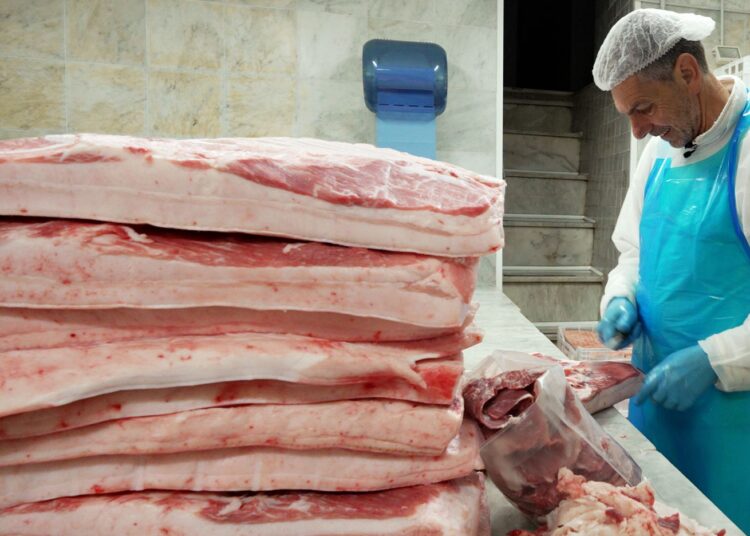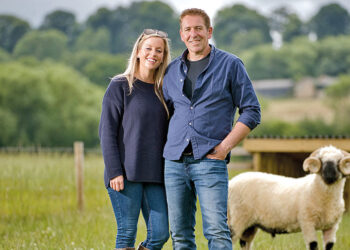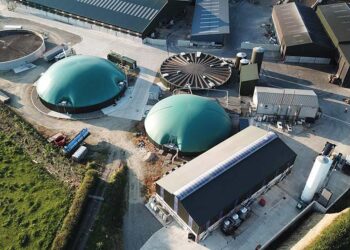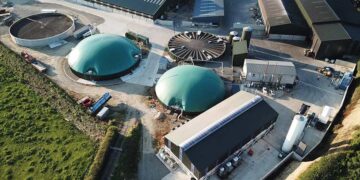Larderia Mafalda is one of the oldest lardo producers in Colonnata, Italy
Larderia Mafalda makes one product and makes it very well. “We are the oldest lardo producer in Colonnata — since 1930,” says Carlo Danesi, director of production at Larderia Mafalda in Colonnata, Italy. “So we feel that we are really good at this product.”
Lardo is a type of salume made by curing strips of pig meat in salt, rosemary, and a mix of 20 approved spices. By law, the product must age for six months. No other salume is cured using the same methods — namely, the beating of large pieces of meat — as lardo from Colonnata. “If you eat lardo, not the kind from Colonnata, you can feel right away that it’s not aged,” says Fabio Testi, a member of the larderia’s production staff.
Larderia Mafalda can age approximately 680 kilograms of larda in one conca, a large, custom-made airtight marble basin used solely for curing meat. Much like the methods used by Larderia Mafalda, even the marble for the concas is specific to the region. The former Roman colony is world-famous for its Carrara marble, a veinous white marble that is 98 percent calcium carbonate. Larderia Mafalda houses 22 Carrara marble basins in its main lab and nine more in a secondary space.
Producing lardo is an exhaustive process. Hundreds of kilos of the fresh meat need to be transported, cleaned, trimmed, weighed, beaten, massaged, salted, seasoned, and carefully layered in the conca where no oxygen is allowed to sneak in. Once the lardo has sufficiently aged, it is rinsed, trimmed, packaged, labelled, and sold. It is then used by families across the region in traditional recipes — such as the larded rabbit from Mafalda’s owner Maria Roberta Germani — that have been passed down from generation to generation. Although the production of lardo is hard work, Danesi and Testi have great desire to do it and keep the tradition alive.
“This work has only one secret,” says Danesi. “Passion.”
Watched the newest episode of Vendors to learn what makes Colonnata lardo such a timeless and special product.














